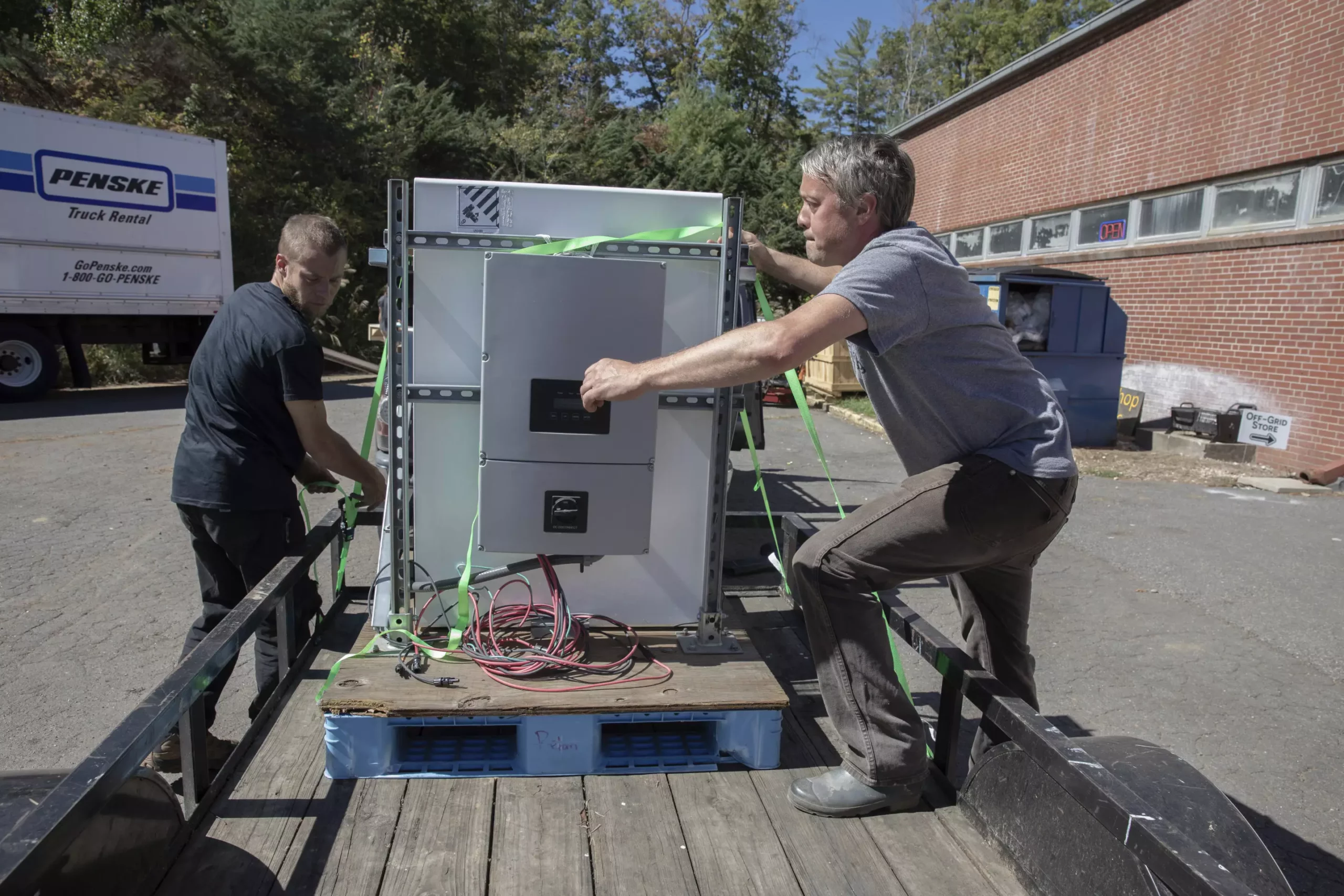Natural disasters have a profound impact on communities, often leaving behind a trail of destruction that is felt for months or even years. The recent devastation caused by Hurricane Helene in western North Carolina serves as a stark reminder of how vulnerable we can be in the face of nature’s fury. Struck by severe winds and floods, many residents found themselves without electricity, marooned in isolation, and faced with the challenge of maintaining essential services, particularly for those dependent on medical equipment.
The Struggles of Everyday Heroes
Among these residents is Bobby Renfro, a retired railroad worker who has sprung into action to support his neighbors in Tipton Hill. Renfro transformed a former church into a community resource hub, providing critical services in a time of dire need. However, the heavy reliance on gas-powered generators has taken a toll — both physically and financially. For Renfro, who invested over $1,200 to supply a generator and thousands more for fuel, the noise and pollution become unbearable, but the stakes are too high to turn it off. His community relies on this equipment to preserve insulin and power medical devices that are vital for survival. With over 43,000 people still without power weeks after the hurricane, the struggle to restore normalcy has escalated.
The Slow Road to Recovery
The road to recovery is a complex and drawn-out process. According to Poweroutage.us, utility crews from across the country are partnering with Duke Energy and local cooperatives to restore power, but the dense forests of the region compound the difficulty. Instead of simply repairing existing systems, workers are often forced to rebuild infrastructure from scratch due to severe damage. As described by Kristie Aldridge of the North Carolina Electric Cooperatives, the recovery resembles a monumental rebuilding effort rather than typical repair work. These challenges put a spotlight on the fragility of a power grid that many often take for granted.
The Challenge of Interim Solutions
In the meantime, communities like Tipton Hill and surrounding areas are turning to interim solutions like portable generators. However, this approach has its downsides. The costs associated with fuel are escalating, and for many, acquiring diesel or gas is an arduous task that not everyone can undertake. Furthermore, relying on these generators poses health risks due to harmful fumes. It becomes clear that sustainable energy solutions are urgently needed, especially during prolonged outages.
Fortunately, relief has begun to arrive in the form of sustainable energy infrastructure. Organizations like the Footprint Project are playing a pivotal role in addressing not only the immediate needs for power but also in redirecting future recovery efforts toward renewable energy. The deployment of solar generators, outfitted with panels and batteries, marks a significant shift toward more sustainable practices. Delivered by volunteers, these systems provide a quieter and cleaner alternative to traditional generators. The hope is to not only meet immediate energy demands but also to instill a sense of stability and security in the communities affected.
The Footprint Project, founded by Will Heegaard in New Orleans, has now mobilized to support the mountainous region with solar microgrids and other renewable solutions. This proactive response has extended to multiple sites, ensuring that households have access to energy sources that are not only reliable but also environmentally friendly. Volunteers are key to this effort as they work around the clock to assess needs, deliver resources, and maintain community connections. For those like Julie Wiggins in Bakersville, having solar energy to power essential appliances has been transformative, allowing her to support numerous families and ease their burdens.
As efforts continue to restore electricity to all communities, the experience gained from this disaster will inform future strategies. Organizations are committed to remaining in affected areas to provide ongoing assistance long after the immediate recovery has concluded. The lessons learned from Hurricane Helene, including the importance of integrating renewable energy solutions into disaster response, are crucial for building resilience in communities prone to natural disasters.
The experiences faced by communities in North Carolina demonstrate the urgent need for planning and preparedness in disaster response. As we see the tangible benefits of renewable energy solutions, it becomes essential for policymakers, organizations, and communities to invest in sustainable infrastructure. Preparing for the unexpected and empowering communities with clean energy options could be the key to not only surviving future disasters but also thriving in their aftermath.


Leave a Reply